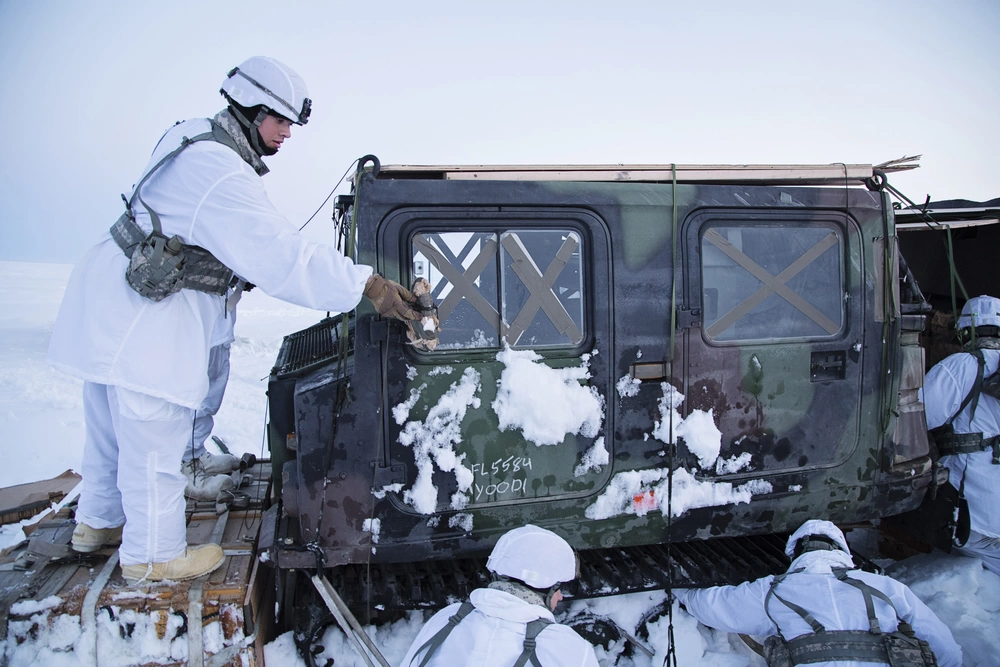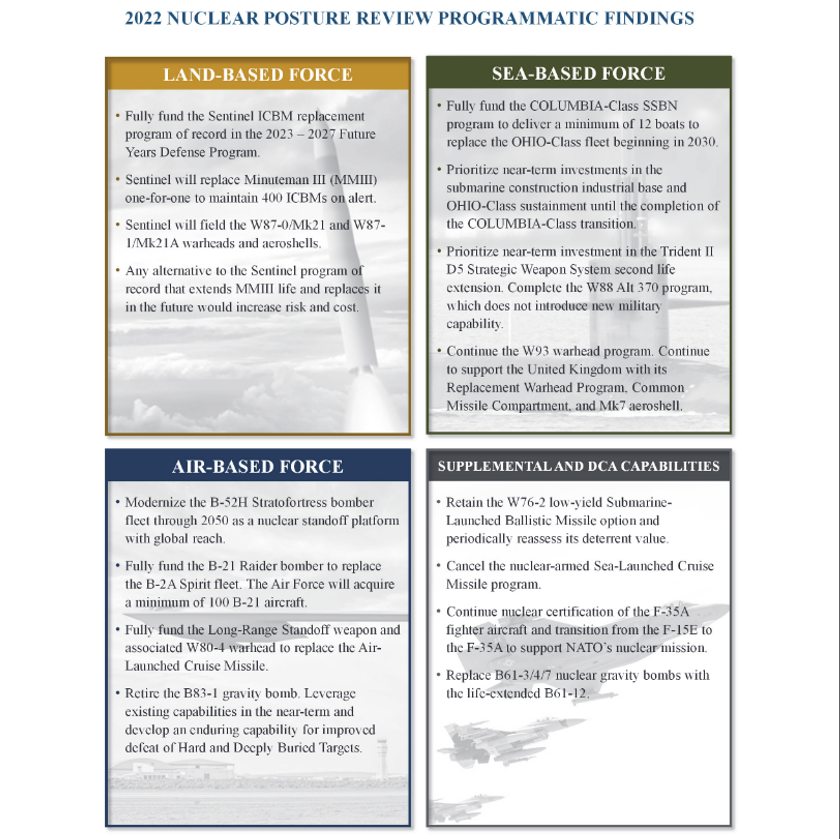US Releases 2022 National Defense Strategy
Two weeks after the White House announced the new US National Security Strategy (NSS), the Department of Defense released its National Defense Strategy (NDS). The 27 October release also includes the 2022 Nuclear Posture Review and the 2022 Missile Defense Review.
As expected, the new document closely mirrors many of the concepts and ideas which were central to the National Security Strategy. Russia is presented as only a secondary threat compared to China which is described as “the most comprehensive and serious challenge to U.S. national security”. The previous 2018 strategy had taken the important step of defining competition with China and Russia as more important than the threat of terrorism and non-state actors but had not yet placed a special emphasis on China in particular.
The NSS’ concept of integrated deterrence, or integration across domains, integration across regions, integration across the spectrum of conflict, integration across the U.S. Government and integration with allies and partners, is also a central part of the NDS. The concept has received some criticism since it debuted in the NSS for not being clear enough, but is still a definite step up over the much less clear idea of “deterrence” of the earlier 2018 NDS. It can be expected that the idea will be refined with time.
With this in mind, four priorities were defined by the Department of Defense in this year’s strategy:
- Defending the homeland, paced to the growing multi-domain threat posed by the People’s Republic of China (PRC);
- Deterring strategic attacks against the United States, Allies, and partners;
- Deterring aggression, while being prepared to prevail in conflict when necessary – prioritizing the PRC challenge in the Indo-Pacific region, then the Russia challenge in Europe, and;
- Building a resilient Joint Force and defense ecosystem.
These again clearly show the centrality of China and “integrated deterrence”.
The new strategy also better reflects the Department of Defense’s growing focus on the Arctic; the region has now received its own regional subsection. The word “Arctic” was not even mentioned once in the 2018 NDS strategy summary. Grey-zone warfare, another idea missing from the 2018 NDS, has also received attention this year.

In the nuclear posture review found towards the end of the 2022 document, little change can be seen compared to the situation of 2018 with nuclear arsenal modernization remaining a key objective. Russia and China are both identified as nuclear powers confronting the US, which is a marked change in how the nuclear environment is described, but this does not translate into major policy shifts. However, unlike the 2018 document, the new review does not mention the Nuclear Sea-Launched Cruise Missile (SLCM-N). Along with some changes in phrasing regarding the role of the US strategic deterrent, this implies a shift away from tactical nuclear options and a greater focus on overwhelming conventional response to limited nuclear attacks.

The full document is available here.

